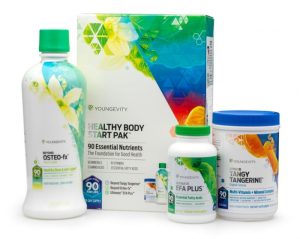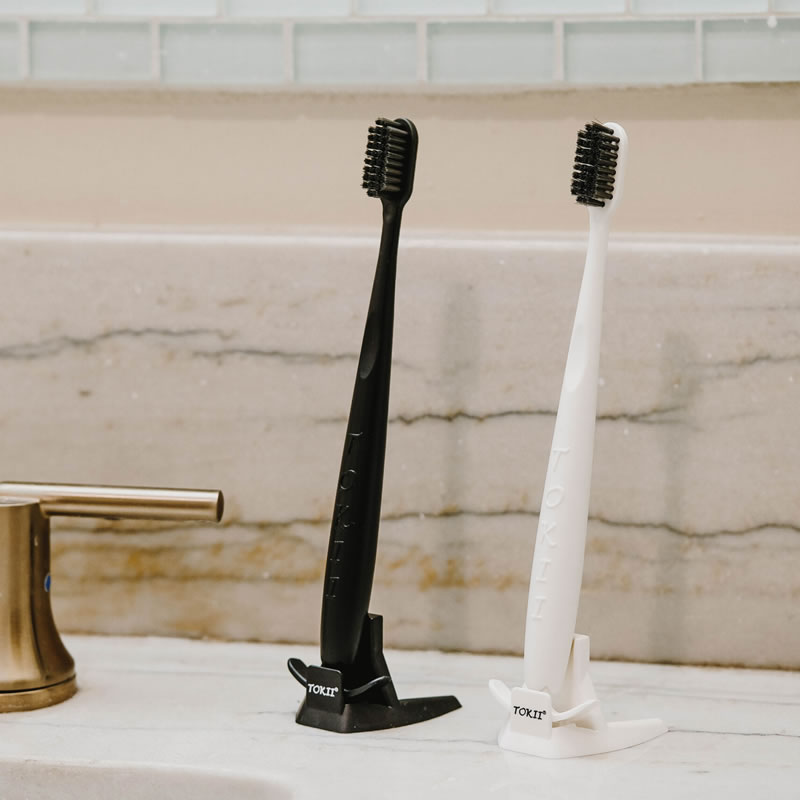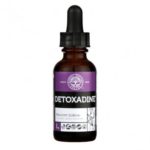By Ben Fuchs | Pharmacist Ben
Here are some interesting morsels on Americans food choices in 2012 from the industry journal Food Technology’s “Consumer Trends” column.
The average American prepares an at-home meal 5 nights a week, over 70 percent of which include meat/poultry. This according to the Food Marketing Institute, interestingly named Power of Meat (POM) Report. That represents a significant drop from 80 percent and the decrease is the first in 8 years. Pork and soy meals slightly increased according to the report.
 Over 70 percent of polled consumers said they ate chicken 1-3 times a week, 65% prepared beef, and 48% enjoyed a pork based meal. In any given week 60 percent of consumers went for a dinner that included pasta, 44% pizza, 38% soup, and 26% Mexican food. And In a typical week 18 percent of Americans had a meal that featured hot dogs for dinner.
Over 70 percent of polled consumers said they ate chicken 1-3 times a week, 65% prepared beef, and 48% enjoyed a pork based meal. In any given week 60 percent of consumers went for a dinner that included pasta, 44% pizza, 38% soup, and 26% Mexican food. And In a typical week 18 percent of Americans had a meal that featured hot dogs for dinner.
According to the report, ease of preparation played an important role in the type of foods that were prepared. A category called “under 20 minute meals” has risen over 11 % over the past 5 years and a second category called “one-pot meals” increased by 10 per cent. At the same time, the method of frying foods for dinner dropped 30 percent and outdoor grilling declined 7 percent.
In 2012, 26 percent of shoppers bought natural and/or organic meats which is over 4 times as many as in 2011. And the American carnivore displayed a gentle side in 2012 too. According to the “Healthy Eating Consumer Trend Report”, over 30 percent of shoppers were willing to spend more of their hard earned dollars on free-range, grass fed and other humane animal treatment type meat products.
Not surprisingly, in these days of economic turmoil, budget concerns played a role in shopper’s food purchases. According to the POM report, 65% of consumers purchased less expensive meat cuts and/or ground beef and 39 percent reported using inexpensive ready-to-eat meat products such as sausage pepperoni and deli meats/cold cuts.
From the ocean, according to the National Fisheries Institute (NFI), shrimp is the seafood of choice with canned tuna, salmon, pollack and tilapia close behind. Some up- and-coming fish choices making their way onto dinner plates include Branzino (also known as European Sea Bass), which according to the NFI is the fastest growing fish choice over the past five years. Mahi-mahi, anchovies, Ahi Tuna, sea bass and calamari were also popular consumer favorites.
Americans eat 14 billion hamburgers a year and according to the food industry research group “Dataessential”, the top ten fastest growing restaurant burger categories for 2012 were mini burgers, blue cheese burgers, chicken burgers, turkey burgers, veggie burgers, BBQ burgers, Swiss burgers, half-pound and buffalo burgers.
Pizza lovers made buffalo, chicken, margherita, Mediterranean and deep dish pizzas their favorites, while fancy pastas such as oricchiette (little ear in Italian so-named because of its resemblance to a…little ear!) and gemelli (a twisted “twin” stranded form of noodle) are making strong gains.
In the sandwich world, according to the American Culinary Federation, Sliders were the number one choice and right behind were flatbread, ham and cheese, pulled pork, chicken panini, roasted turkey and fried shrimp sandwiches. One of the hottest trends in the sandwich which world was gourmet grilled cheese. The restaurant journal “Quick Service” restaurant recently ran an article praising the up and coming grilled cheese fast food chain Cheeseboy in their Emerging Trends column. And expect to see competing grilled cheese fast food franchises with names like “Cheesemasters” and “Grilled Cheese and Company” appearing in your favorite food courts in the coming years.















